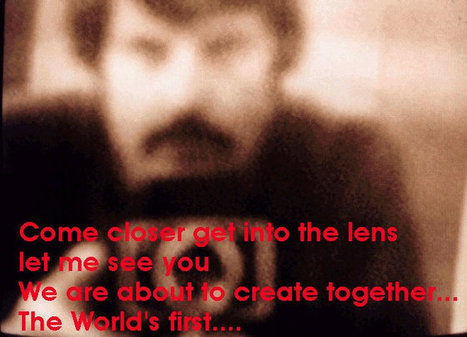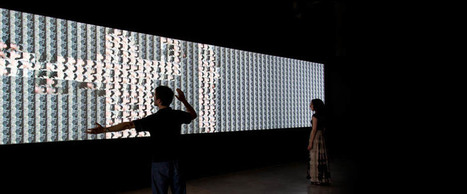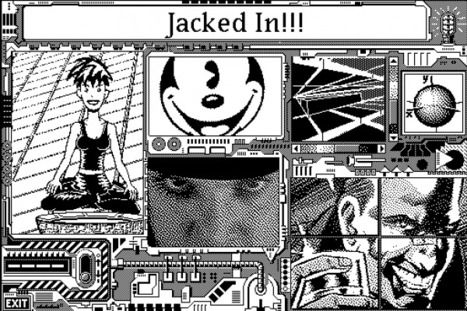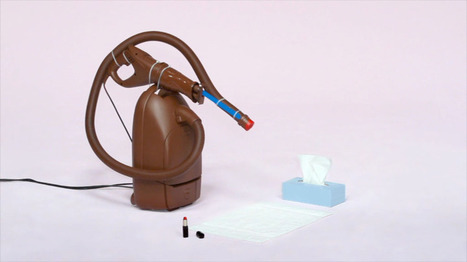After triggering a pop of electricity by touching a screwdriver to metal in a disassembled cathode ray tube monitor, Chi-Tien Lui issued a warning to visitors gathered in his cluttered workshop on a recent Friday morning. “That voltage doesn’t kill you,” he said. “But it really hurts you.”
For the record, Mr. Lui, 75, was unharmed. He carried on with his lesson about how to remove a circuit board, then opened it up to hands-on participation. The students in his shop, CTL Electronics, in TriBeCa, were from an art conservation program at New York University. They were studying electronic art, including works by the pioneering Korean-born artist Nam June Paik, and their professor had arranged a half-day session with Mr. Lui, a technician with whom Mr. Paik had a long association
Research and publish the best content.
Get Started for FREE
Sign up with Facebook Sign up with X
I don't have a Facebook or a X account
Already have an account: Login
Media Arts Watch Lab - www.arts-numeriques.info - laboratoire de veille Arts Numériques - twitter @arts_numeriques - @processing_org - @DigitalArt_be - by @jacquesurbanska @_Transcultures
Curated by
Jacques Urbanska
 Your new post is loading... Your new post is loading...
 Your new post is loading... Your new post is loading...
|
|















